'Where new money transforms into old, via a century’s worth of luxury automobiles': A report from Monterey Car Week
Vintage Mercedes, classic Porsches, and a best-in-show Bugatti, combined with cravats and Stetsons. The only thing more interesting than the cars is the people, writes Adam Hay Nicholls.

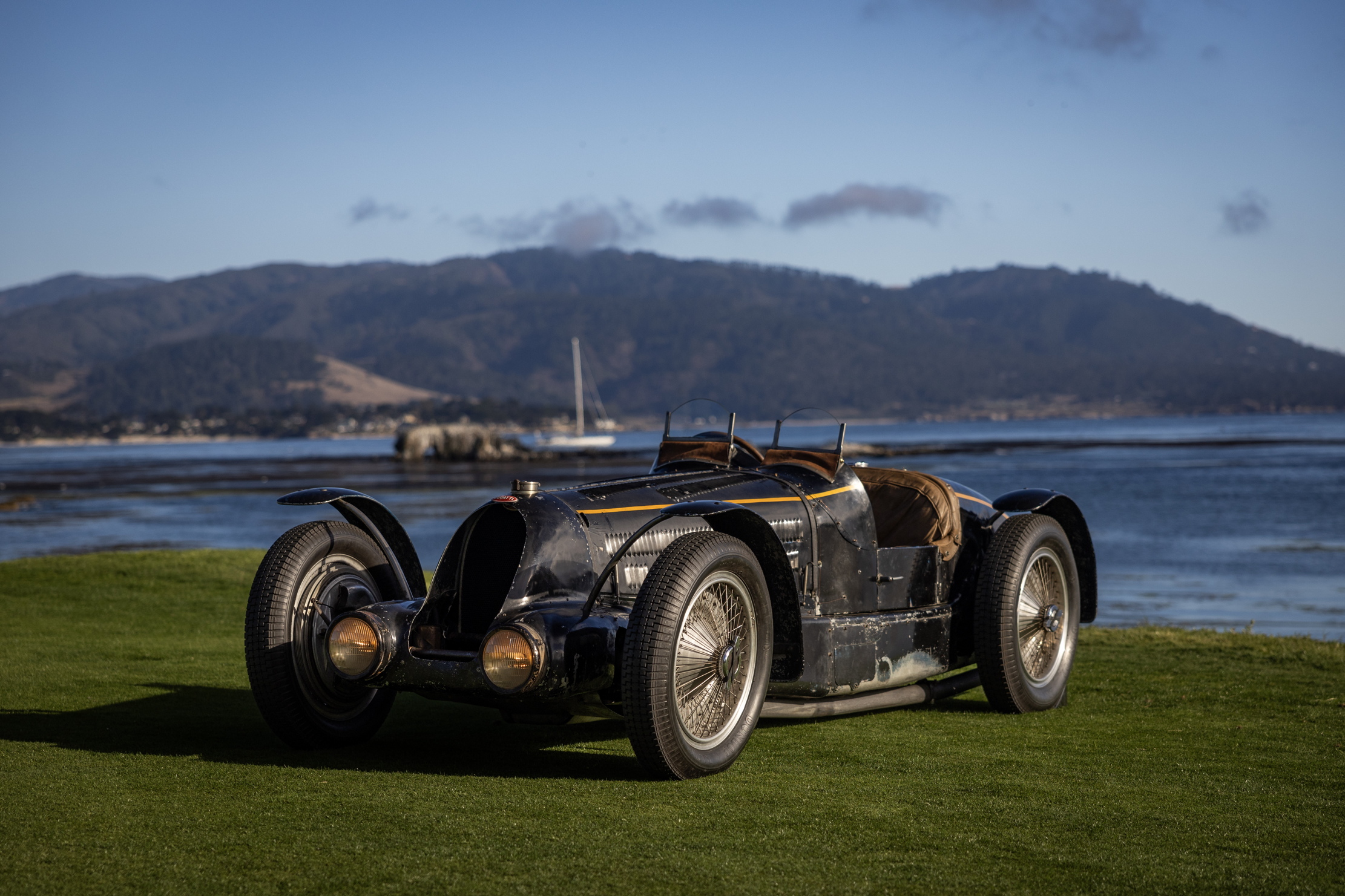
If you’d like an example of how weird and wonderful the world of high-end car collecting is, I recently found myself witness to the unveiling of a bespoke Porsche 911; a mid-1990s 993 model, it had been customised in a unique Speedster body shape and painted ‘Otto Yellow’ at the behest of its commissioner, a wealthy designer of espresso machines.
Otto, it transpires, is the name of the Italian gentleman’s sausage dog, and as lucky new owner Luca Trazzi and the head of Porsche’s ultra-ultra-exclusive Sonderwunsch department pulled the covers off the banana-hued machine the pampered pooch was brought on stage to a round of applause so he could give the sports car his seal of approval.
I’d jetted out to California’s Monterey Car Week in search of the world’s finest automobiles and obsessive car culture. Here, the pretty towns of Carmel-by-the-Sea, Pebble Beach and Pacific Grove are crammed with everything from pre-fall of the Berlin Wall Beemers and Elvis-era Cadillacs to Scandinavian small-batch hypercars and Japanese rice-rockets. The event has been on the US social scene for seven decades, but it’s really only in the last 10 years that European manufacturers and global petrolheads have embraced it.
Why do we need to fly to San Francisco and drive down the coast for a couple of hours when we have Goodwood in West Sussex, which is surely more convenient? Because although the Duke of Richmond’s festivals are mighty, and the quality and rarity of vehicles is comparable, this is where the real money is. Also, where else are you likely to find guests who can confidently pair a Stetson with a cravat?
'It’s odd, I grant you, to cling to the late monarch’s possessions for a sense of grounding, but Monterey Car Week is overwhelming'
The world’s most covetous car collectors are American, and many of them are based on the West Coast where the climate is kind to their sparkling radiator-clad gems. Tyre-fitted treasures from across Europe have, particularly in the past 30 years, steadily made their way across the Atlantic and Pacific to the US, perhaps more than any other antiquity. Given the Greeks still kick off about the Elgin Marbles, I wonder if we Brits will be justified in demanding the return of our Jaguar D-Types in 200 years?
Monterey serves not only as a chance to witness automotive artworks you’re unlikely to see anywhere else, but also a half-billion-dollar salesroom for auction houses and a social event of serious one-upmanship. During Car Week, which is 10 days not seven, there are no less than 80 events staged across the Monterey peninsula, which is a challenge to navigate. In this respect, it’s less like Goodwood, the Le Mans Classic or Europe’s most prestigious car event, the Concorso d’Eleganza at Lake Como’s Villa D’Este, which are all held on one site, and more like a Fashion Week in which you find yourself and a couple of thousand other invitees moving from location and location, invariably stuck in traffic. In this case, traffic that's worth a billion quid.
The stand-out events are the Tour d’Elegance, which is a 30 mile cavalcade of jaw-dropping machines driving from Pebble Beach down to Big Sur and back; the Rolex Monterey Motorsports Reunion, where racing cars from the 1950s and ‘60s take to the legendary Laguna Seca race track; The Quail, where an exclusive guestlist gets to kick the tyres of rare cars old and new; and the grand finale, the Pebble Beach Concours d’Elegance, where different classes of automobile are judged and celebrated.
Exquisite houses, the beauty of Nature, and how to get the most from your life, straight to your inbox.
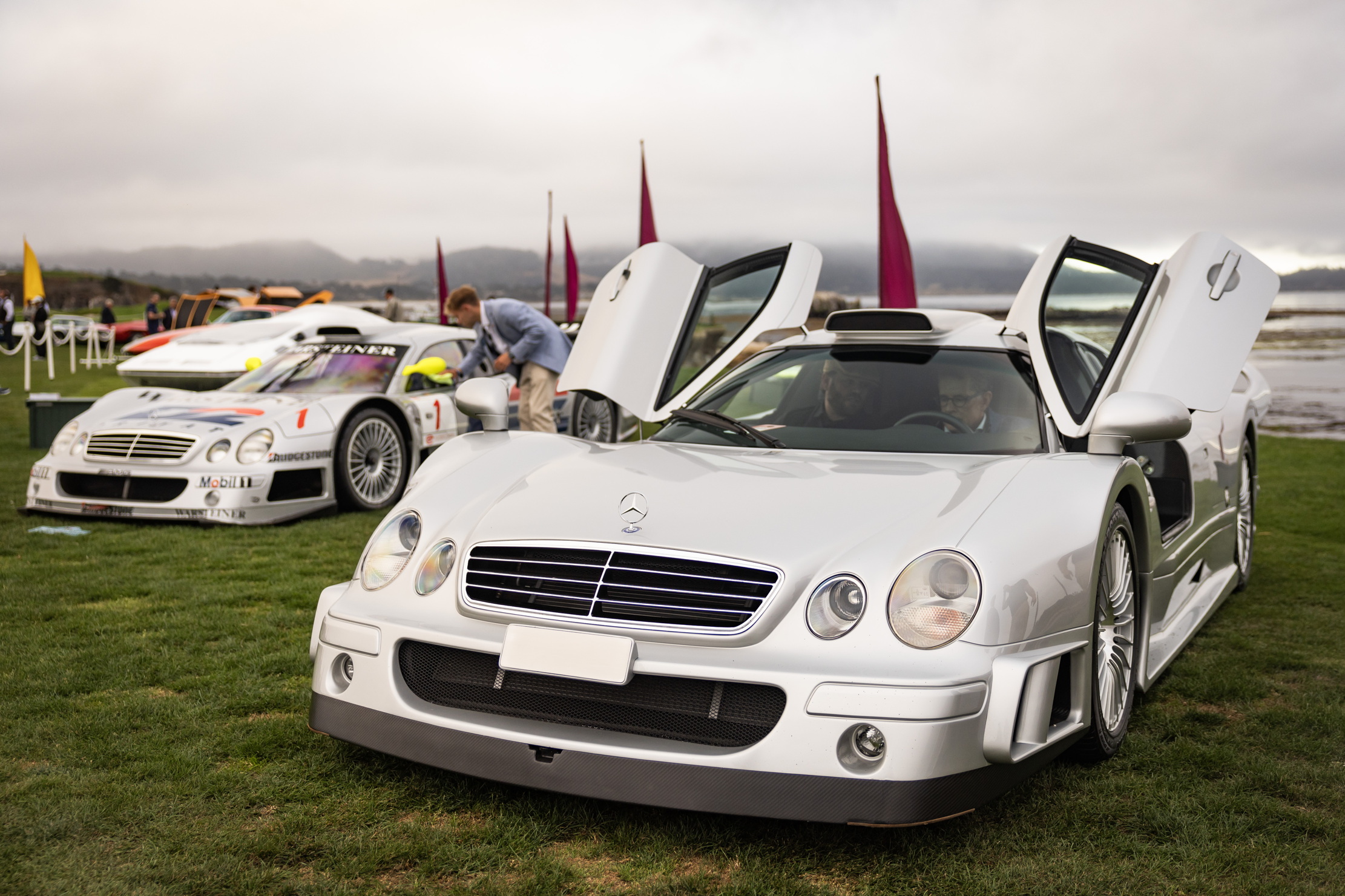
Mercedes-Benz and Bugatti cars have won the Concours’ coveted ‘Best in Show’ award a record ten times, with Duesenberg (7), Rolls-Royce (5) and Packard (4) trailing in their exhaust fumes. Since the beginning of the competition, only seven post-war cars have won the trophy. Victorious owners have included sartorial icon Ralph Lauren and the late Formula One world champion Phil Hill, who was also a Concours judge for 40 years.
Mercedes has an official presence at the Concours, taking over one of the grandest rooms of the Pebble Beach Golf Club from which to view the catwalk of cars. The brand also brought a handful of classics and a fleet of shiny new Maybach limos for guests to sample along the storied Pacific Coast Highway. They very kindly invited Country Life along.
Among the cars I got to hoon down to Big Sur was an almost mythical ‘sleeper car’, the 1997 Mercedes E60; a vehicle that looks distinctly ordinary but goes like you-know-what off a garden implement. Mercedes never officially produced an E60. The biggest the E-Class saloon (the one that usually comes as a taxi) ever had its V8 bored out to was 5.5-litres (the E55), but this six-litre version was a special commission by one of America’s most famous car collectors, comedian Jerry Seinfeld, facilitated by tuning firm Renntech. It has ‘JS Edition’ kick plates, as well as a 202mph top speed. That surely made it the fastest four-door in the world at the time. It makes sense that it’s the invention of the man who created Cosmo Kramer – both are ludicrous.
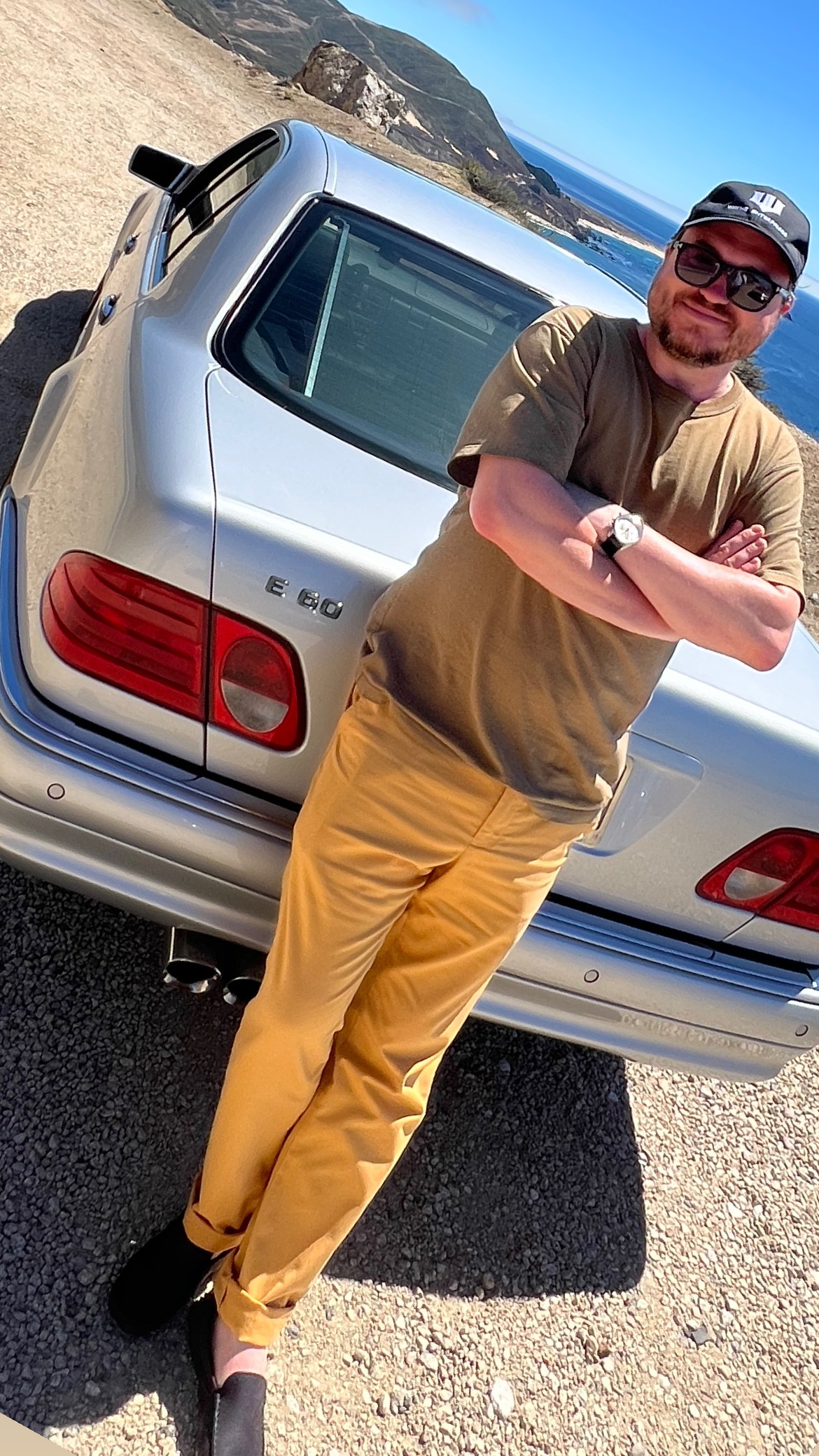
Mercedes took over a Pebble Beach villa and used the eve of the concours as an opportunity to premiere its first-ever Maybach SL; an uber-luxe version of its elegant and erstwhile convertible, and the only time in its 115-year history that the Maybach badge has been affixed to a two-seater.
To mark the occasion, we were offered rides in a spectacularly vast and bellicose 1932 Maybach Zeppelin DS 8 – a three-tonne Teutonic titan of likely questionable provenance, given the period in which it was born. I’m not sure there’s anything more intimidating one might find filling one’s mirrors. Like the Droogs in A Clockwork Orange, we played hogs of the road.
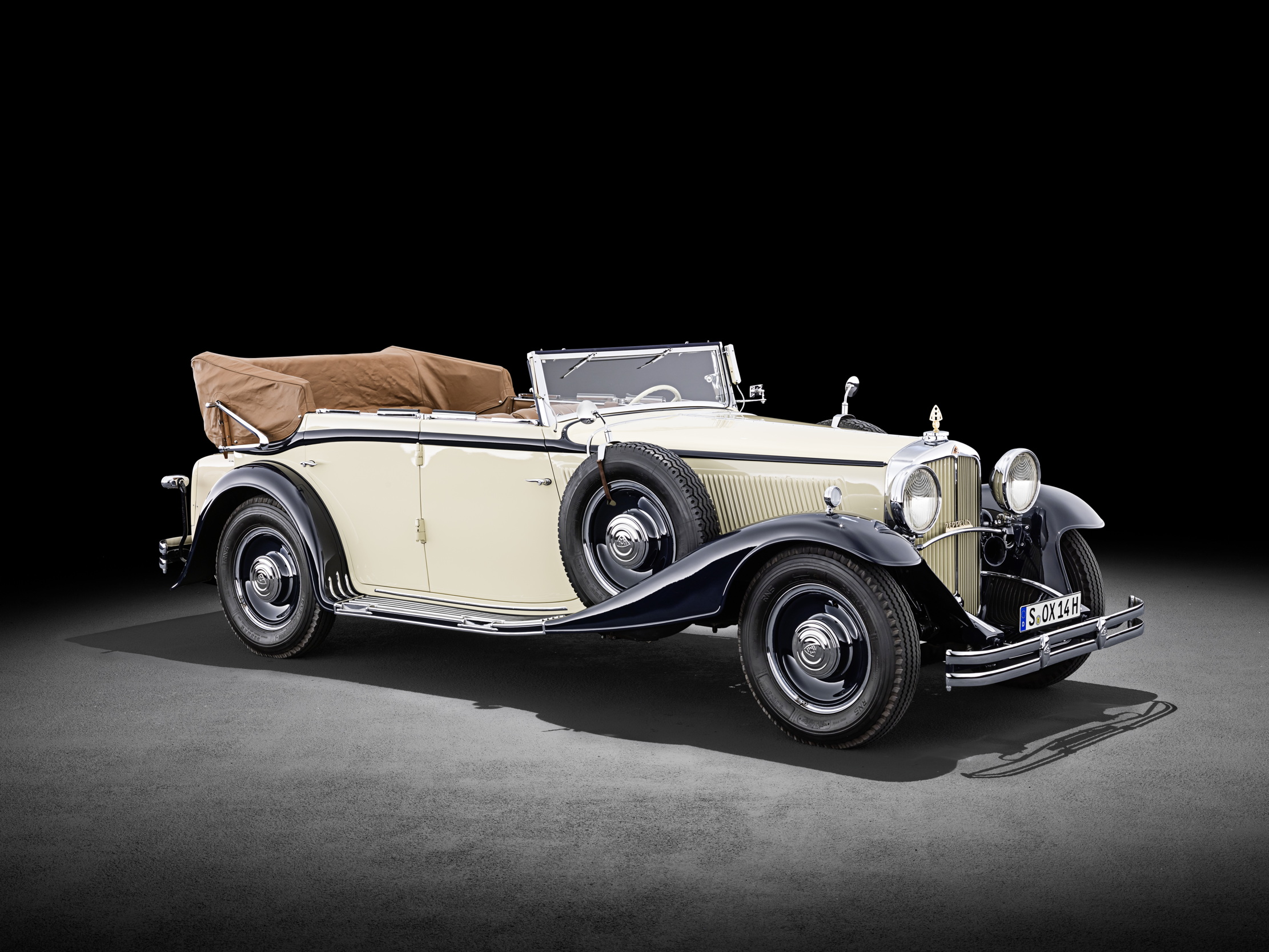
Seinfeld and fellow petrolhead and comic Jay Leno were, I was assured, in a VVIP pocket somewhere at the Concours. Before we got there, I visited the Quail Lodge golf course in Carmel for an event run by The Peninsula (Sir Michael Kadoorie, the owner of the Hong Kong hotel group, entered a number of his classic motors in the Concours, and picked up an award for his 1934 Hispano-Suiza J12 Vandooren Cabriolet).
Here, the crowds are much smaller than you’ll find at Goodwood, for example, because general admission is $2,000 and the number of tickets is capped. As well as very rare coach-built Ferraris, Delahayes, Talbot Lagos and Bugattis from the last century, there were also the latest hypercars on show; a red carbon-weave Pagani Utopia, the Pininfarina Battista B95 Gotham (one for Batman fans), the world premiere of the Lamborghini Temerario, and the Tuthill GT-One: a street-legal tribute to Porsche’s 1996 Le Mans racer that’s been reimagined in an Oxfordshire garage. In fact, The Quail was filled with Porsche restomods and reboots, signifying where the most lucrative trend in car customising is right now.
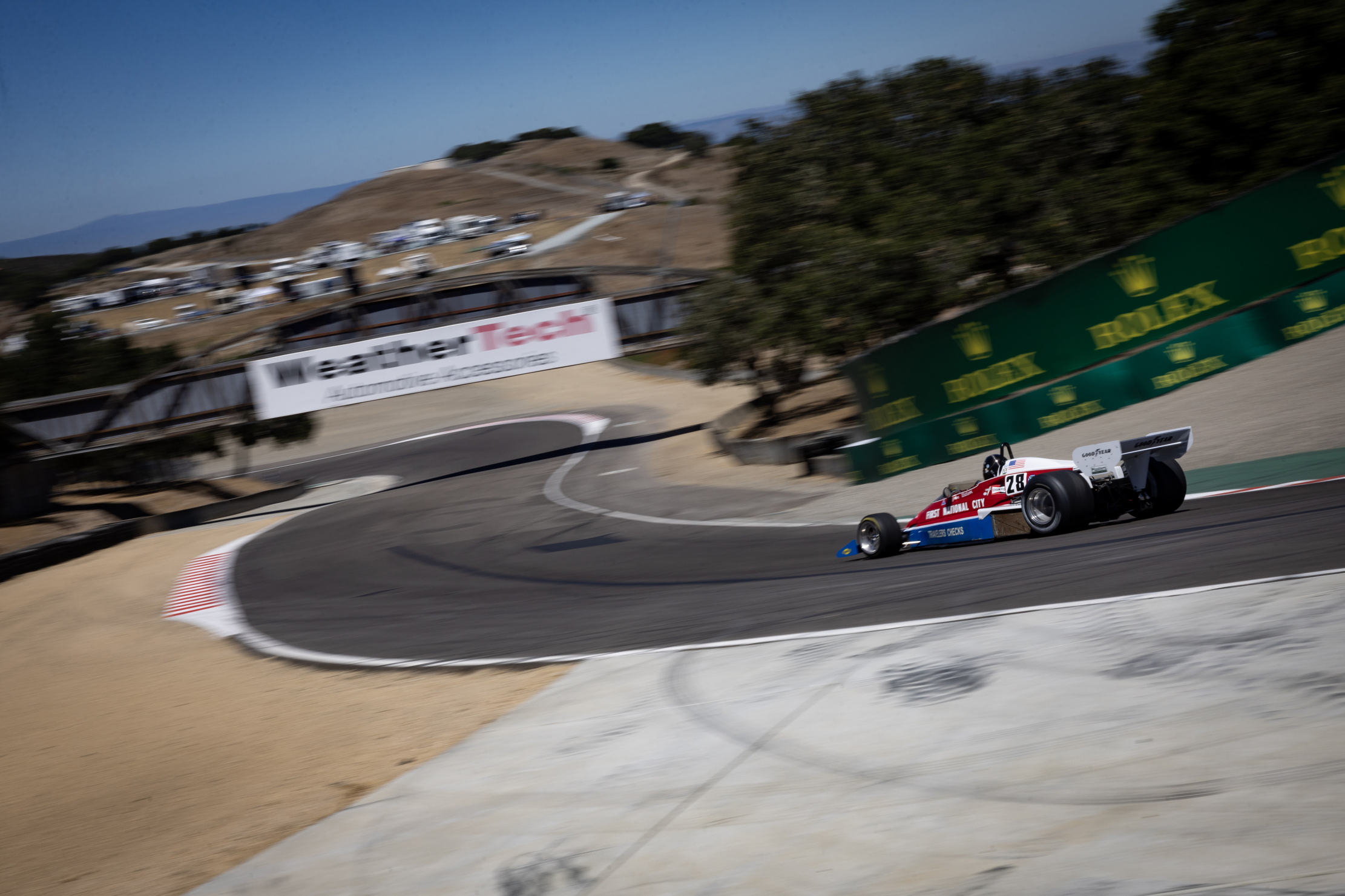
The biggest Porsche surprise was to be found at The Quail’s auction, courtesy of Bonhams, where a 928 that featured in the movie Risky Business went under the hammer. Now, bear in mind for a second that I just looked for 928s on Autotrader.co.uk and found they can be yours for less than £12,000: How much do you think the one Tom Cruise learned to drive ‘stick’ in in 1983 went for during Monterey? £860,000 – and that wasn’t enough to meet the reserve!
In fact, bids across the board failed to meet the auction houses’ estimates, suggesting the bubble has burst for classics built in big numbers. This is not the case, though, with exotic rarities, and a finer showing than those at the Pebble Beach Concours you’ll fail to find. Since 1950, on all but seven occasions (and these were all in the early days of the competition when selection was different), ‘Best in Show’ has always gone to a pre-war car.
That was the case again with this year’s big winner, a 1934 Bugatti Type 59 Sports owned by Swiss chemical heir Fritz Burkard, chosen from 214 entrants. What marks this factory race car apart from previous winners is this is a ‘preservation car’; unrestored, it wears its patina with pride and has been unmolested since King Leopold of Belgium had its livery applied.
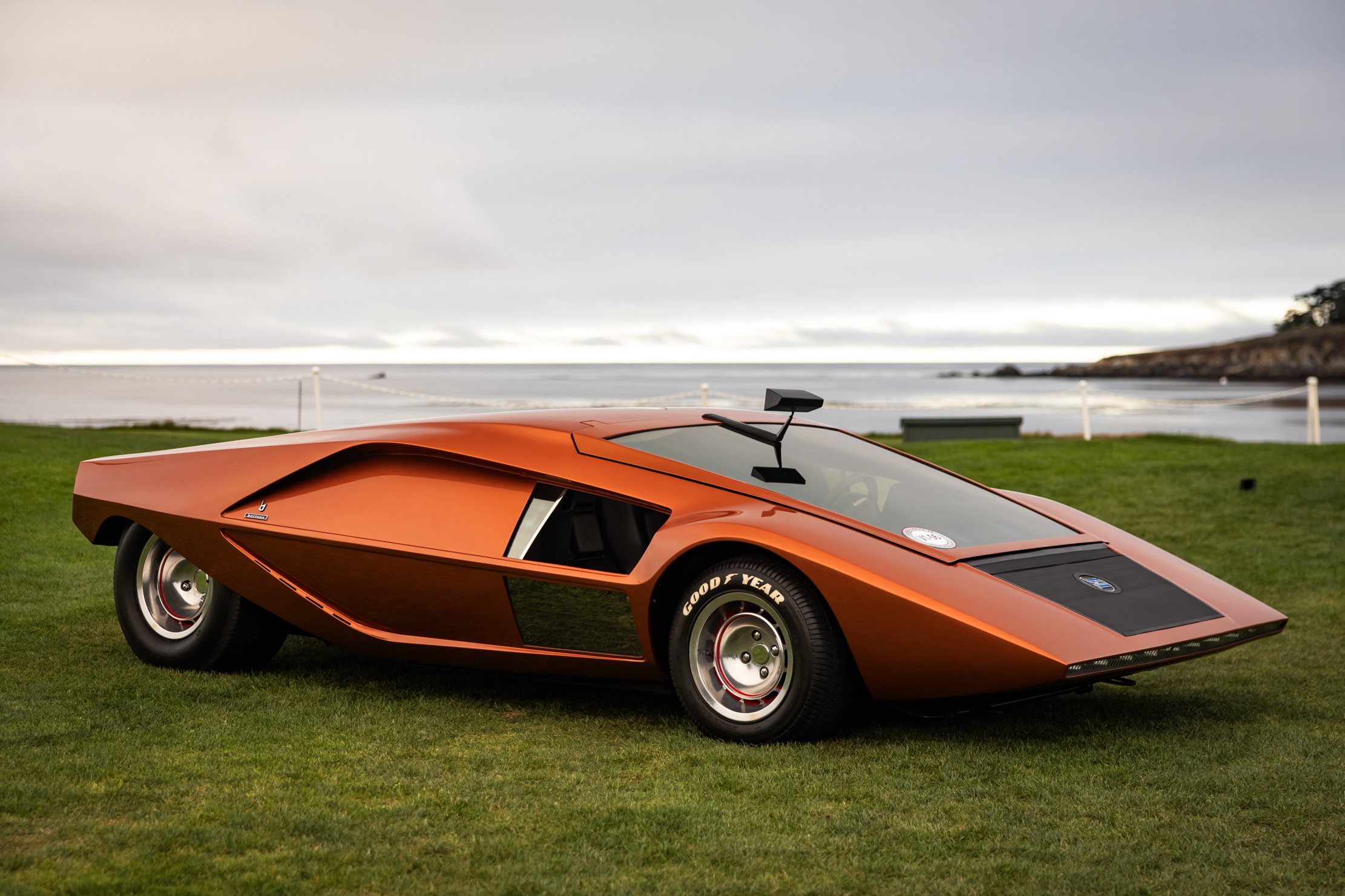
In total, 25 different classes and 27 additional trophies were bestowed. The most unusual categories were for wedge-shaped concept cars and prototypes (UFO sightings in the area can be put down to these), with the ‘early’ period 1st prize going to the iconic 1970 Lancia Stratos HF Zero Bertone Coupe and the ‘late’ period prize to the 1979 Aston Martin Bulldog. Both cars are owned by the Beverly Hills-based investor Phillip Sarofim. No disrespect to either car, but I was more excited to see the lesser-known and even more experimental 1970 Ferrari 512 S Modulo Pininfarina Coupe – a Ferrari straight out of the Jetsons – and the 2016 United Nude Lo-Res car, which looks like a giant paperweight or something you might use to keep a door open.
Outside of competition, there was a large display of state Land Rovers and Range Rovers owned by Queen Elizabeth II. This represented the earthier end of the spectrum. It’s odd, I grant you, to cling to the late monarch’s possessions for a sense of grounding, but Monterey Car Week is overwhelming. The verdant fairways of a different golf club every day; the high ticket prices and VIP wristbands; the constant throb of Lamborghinis passing under your hotel room windows, the sense that to be a member of this club you need to own a lot more than one Rolls-Royce Ghost or a single Ferrari 250, you need the complete set, and if you’re worth less than nine figures you’re probably not worth talking to; I found myself feeling agitatedly and increasingly Trotskyist. Goodwood is a lot more egalitarian.
This is where new money transforms into old, via a century’s worth of luxury automobiles, and where tech and finance bros rub shoulders with the Fords, Rockefellers and Waltons, shoring up the perimeter fences of the establishment in the process. But beyond the exorbitant sums of money being chucked into casual conversation, one does recognise the passion these owners, judges and rubberneckers have for the style and heritage of dynamic automobiles. Any of these cars would buy you a very, very, very nice house, but a house can’t do 200-miles-per-hour, can it?
Adam Hay-Nicholls is a writer specialising in motoring and travel
Goodwood Revival 2024: What you missed at the world's most elegant motor race weekend
Adam Hay-Nicholls is an award-winning journalist. He regularly writes for The Sunday Times Magazine, GQ, Air Mail, Metro, City AM, The Spectator and Wallpaper.
